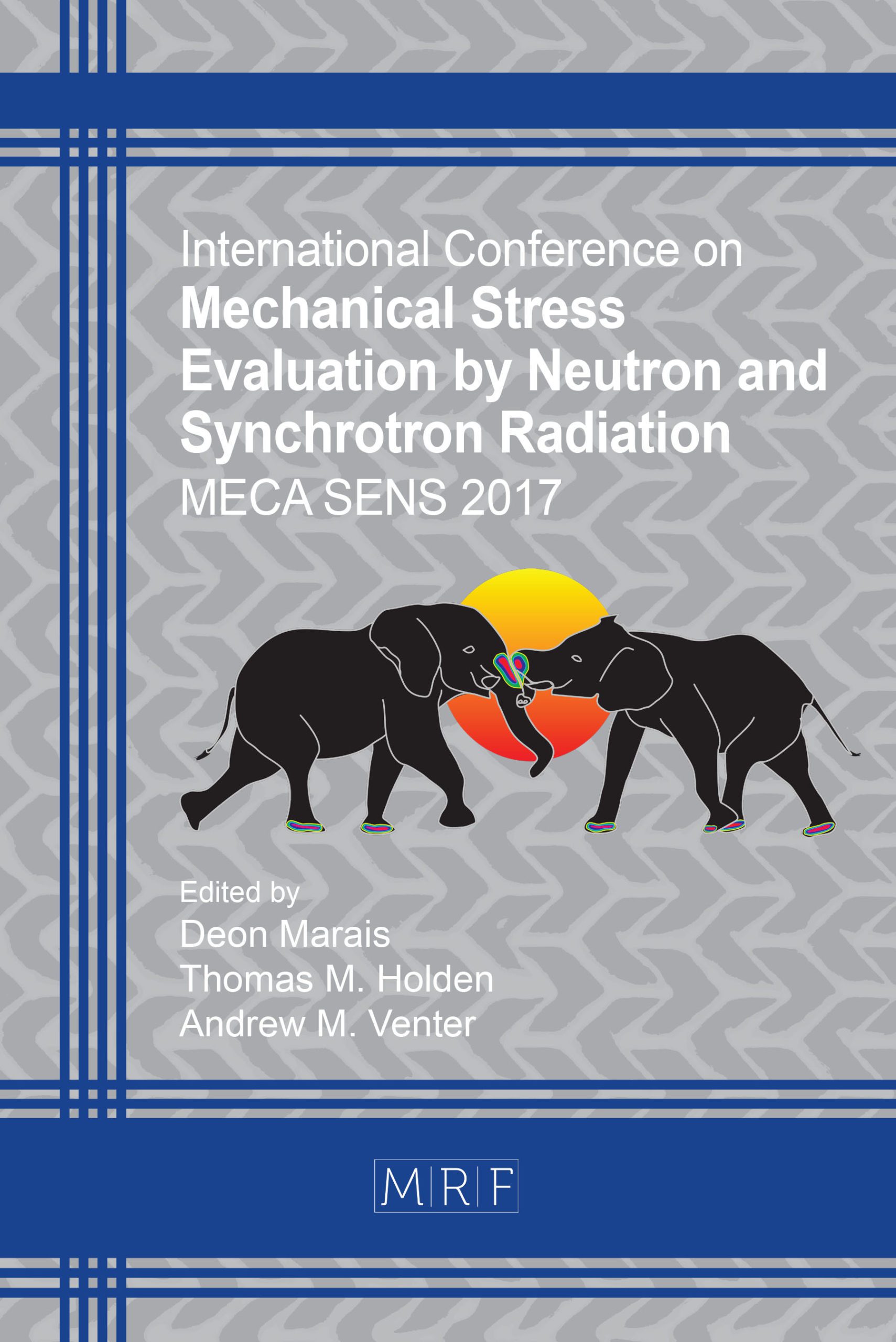Neutron Diffraction Investigation of Residual Stresses in Nickel Based Austenitic Weldments on Creep Resistant Cr-Mo-V Material
P. Doubell, M. Newby, D. Hattingh, A. Steuwer, M.N. James
download PDFResidual creep ductility of service-aged Cr-Mo-V creep resistant material is considerably lower than that of new material; this affects the long-term creep life performance of components manufactured from such alloys as the creep rate in aged alloy is considerably higher than for new materials. This study focused on the effects of residual stress and post-weld heat treatment (PWHT) on the remaining life of creep-exhausted material after repair welding using nickel-based consumables. Residual stresses attributed to the ferrite-to-austenite phase transformations involve a sudden volume change of the weld material. This can adversely affect aged material, e.g. a ½Cr-½Mo-¼V alloy, with low creep ductility and known notch sensitivity rendering this alloy prone to reheat cracking. Coupons prepared from creep damaged Cr-Mo-V pipes (323 mm outside diameter and 36 mm thick) were joined with the tungsten inert gas (TIG) and manual metal arc (MMA) welding processes simulating the original construction joints. Standard welding procedures were used with and without the addition of stress relief and temper post-weld heat treatment. Butt weld coupons were subsequently prepared, using a Ni-based consumable and a conventional ferritic consumable, for tri-axial stress measurements on the SALSA neutron diffraction beamline (ILL Grenoble), d0 calibration used toothcomb specimens sectioned from the weld coupons. The industrial application of the experiments was sensitivity analysis of residual life prediction in FE modelling of plant system stresses in weld-repaired Cr-Mo-V creep resistant materials.
Keywords
Creep Resistant Alloy, Butt Weld, Stress Relief Crack, Residual Stress, Post-Weld Heat Treatment, Neutron Diffraction Strain Measurement
Published online 4/20/2018, 6 pages
Copyright © 2018 by the author(s)
Published under license by Materials Research Forum LLC., Millersville PA, USA
Citation: P. Doubell, M. Newby, D. Hattingh, A. Steuwer, M.N. James, ‘Neutron Diffraction Investigation of Residual Stresses in Nickel Based Austenitic Weldments on Creep Resistant Cr-Mo-V Material’, Materials Research Proceedings, Vol. 4, pp 103-108, 2018
DOI: http://dx.doi.org/10.21741/9781945291678-16
The article was published as article 16 of the book
![]() Content from this work may be used under the terms of the Creative Commons Attribution 3.0 licence. Any further distribution of this work must maintain attribution to the author(s) and the title of the work, journal citation and DOI.
Content from this work may be used under the terms of the Creative Commons Attribution 3.0 licence. Any further distribution of this work must maintain attribution to the author(s) and the title of the work, journal citation and DOI.
References
[1] C. Lundin and K. Khan, Fundamental Studies of the Metallurgical Causes and Mitigation of Reheat Cracking in 1¼Cr-½Mo and 2¼Cr-1Mo Steels. WRC Bulletin 409, February (1996).
[2] H. Schüller, L. Hagn and A. Woitscheck, Risse im Schweissnahtbereich von Formstücken aus Heissdampfleitungen, Werkstoffuntersuchungen; Der Maschieneschaden 47(1) (1974) 1-13.
[3] S. Brett, Type IIIa cracking in ½CrMoV steam pipework systems, Science Technology Welding Joining 9(1) (2004) 41-45.
[4] C. Meitzner, Stress relief cracking in Steel Weldments. WRC Bulletin (1975).
[5] D. Nerger, R. Blume and H. Schinkel, Weld reconditioning of a 14MoV 6 3 Hot Reheat Line with Nickel-Based Filler Metals without Subsequent Heat Treatment. VGB Kraftwerktechnik, 74(10) (1994) 751-756.































